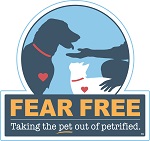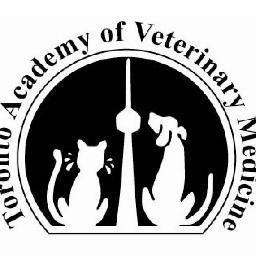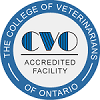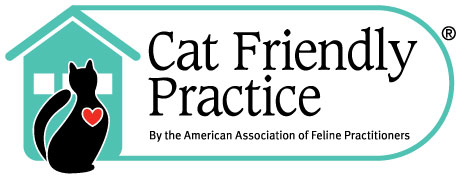News
-

Top 10 Household Pet Poisons Of 2009
Sep 06 2011
In 2009, the ASPCA's Animal Poison Control Center (APCC) in Urbana, IL, handled more than 140,000 cases of pets exposed to toxic substances, many of which included everyday household products.…
-

Keeping your Indoor Cat Happy
Sep 06 2011
Over the past number of years, cats have become the most popular pets in North America, with over 70 million pet cats in the United States alone. The lifestyle of the average pet cat has also changed,…
-

Poisoning associated with Xylitol: More dangerous than chocolate
Sep 06 2011
Xylitol is a sugar substitute sweetener that is used in many products. Its use in North America has increased rapidly in the past few years, and it is widely found in sugar-free gum, candy,…
-

Breast cancer and pets
Sep 06 2011
Breast cancer is a well-known cause of illness and death in humans. We also know that early diagnosis of breast cancer is important for both treatment success and prognosis, which is the reason for…
-

How long can you keep your pet's medications?
Sep 06 2011
When you are given a prescription by your doctor, or your veterinarian prescribes a medication for your pet, you are usually given a specific amount of medication meant to be given as prescribed,…
-

How Clean Is Your Pet’s Mouth?
Sep 06 2011
Some people hold the belief that it is okay for a dog or cat to ‘clean' their wounds by licking them, or that their mouths are clean. But if you think about the places that they put their mouths,…
-

Preservatives in Pet Food
Sep 06 2011
The main energy sources in pet foods are carbohydrates, proteins, and fats. All of these ingredients must be preserved against spoilage from organisms such as bacteria and molds, and from spoilage by…







